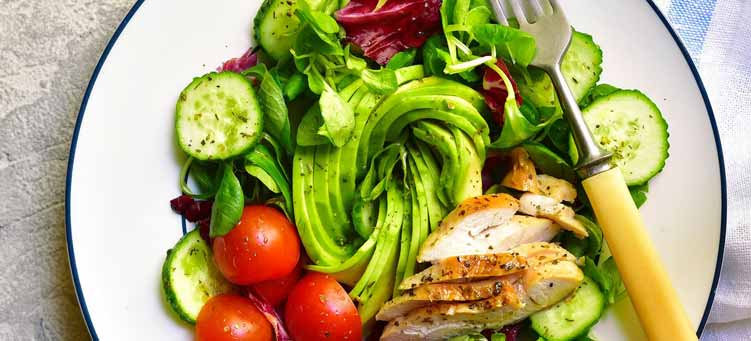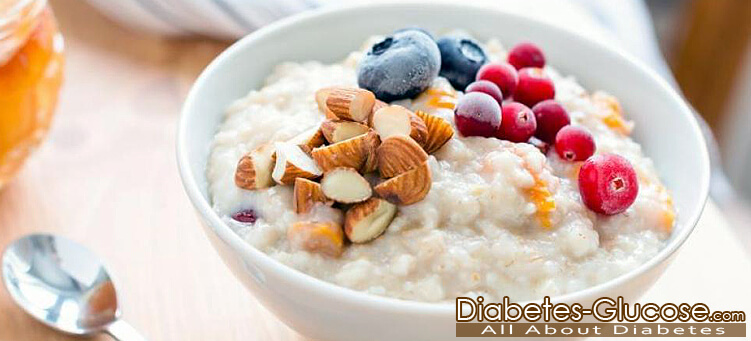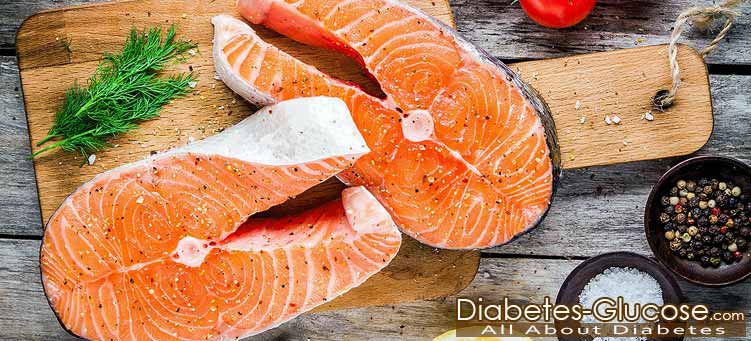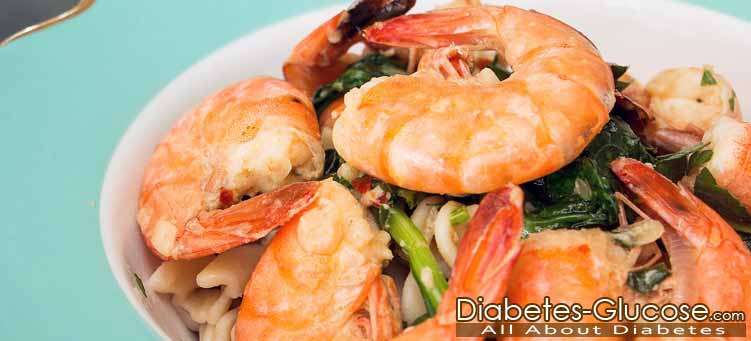Diabetes diet: Create your healthy-eating plan
Your diabetes diet is simply a healthy-eating plan that will help you control your blood sugar. Here’s help getting started, from meal planning to exchange lists and counting carbohydrates.
Definition
A diabetes diet simply means eating the healthiest foods in moderate amounts and sticking to regular mealtimes.
A diabetes diet is a healthy-eating plan that’s naturally rich in nutrients and low in fat and calories. Key elements are fruits, vegetables and whole grains. In fact, a diabetes diet is the best eating plan for most everyone.
Purpose
If you have diabetes or prediabetes, your doctor will likely recommend that you see a dietitian to help you develop a healthy eating plan. The plan helps you control your blood sugar (glucose), manage your weight and control risk factors for heart disease, such as high blood pressure and high blood fats.
When you eat excess calories and fat, your body responds by creating an undesirable rise in blood glucose. If blood glucose isn’t kept in check, it can lead to serious problems, such as a dangerously high blood glucose level (hyperglycemia) and long-term complications, such as nerve, kidney and heart damage.
You can help keep your blood glucose level in a safe range by making healthy food choices and tracking your eating habits.
For most people with type 2 diabetes, weight loss also can make it easier to control blood glucose and offers a host of other health benefits. If you need to lose weight, a diabetes diet provides a well-organized, nutritious way to reach your goal safely.
Diet details
A diabetes diet is based on eating three meals a day at regular times. This helps your body better use the insulin it produces or gets through a medication.
A registered dietitian can help you put together a diet based on your health goals, tastes and lifestyle. He or she can also talk with you about how to improve your eating habits, for example, by choosing portion sizes that suit the needs for your size and level of activity.
Recommended foods
Make your calories count with these nutritious foods:
- Healthy carbohydrates. During digestion, sugars (simple carbohydrates) and starches (complex carbohydrates) break down into blood glucose. Focus on the healthiest carbohydrates, such as fruits, vegetables, whole grains, legumes (beans, peas and lentils) and low-fat dairy products.
- Fiber-rich foods. Dietary fiber includes all parts of plant foods that your body can’t digest or absorb. Fiber moderates how your body digests and helps control blood sugar levels. Foods high in fiber include vegetables, fruits, nuts, legumes (beans, peas and lentils), whole-wheat flour and wheat bran.
- Heart-healthy fish. Eat heart-healthy fish at least twice a week. Fish can be a good alternative to high-fat meats. For example, cod, tuna and halibut have less total fat, saturated fat and cholesterol than do meat and poultry. Fish such as salmon, mackerel, tuna, sardines and bluefish are rich in omega-3 fatty acids, which promote heart health by lowering blood fats called triglycerides.
Avoid fried fish and fish with high levels of mercury, such as tilefish, swordfish and king mackerel.
- “Good” fats. Foods containing monounsaturated and polyunsaturated fats can help lower your cholesterol levels. These include avocados, almonds, pecans, walnuts, olives, and canola, olive and peanut oils. But don’t overdo it, as all fats are high in calories.
Foods to avoid
Diabetes increases your risk of heart disease and stroke by accelerating the development of clogged and hardened arteries. Foods containing the following can work against your goal of a heart-healthy diet.
- Saturated fats. High-fat dairy products and animal proteins such as beef, hot dogs, sausage and bacon contain saturated fats.
- Trans fats. These types of fats are found in processed snacks, baked goods, shortening and stick margarines. Avoid these items.
- Cholesterol. Sources of cholesterol include high-fat dairy products and high-fat animal proteins, egg yolks, liver, and other organ meats. Aim for no more than 200 milligrams (mg) of cholesterol a day.
- Sodium. Aim for less than 2,300 mg of sodium a day. However, if you also have hypertension, you should aim for less than 1,500 mg of sodium a day.
March 25, 2017
Source: mayoclinic.org – By Mayo Clinic Staff



